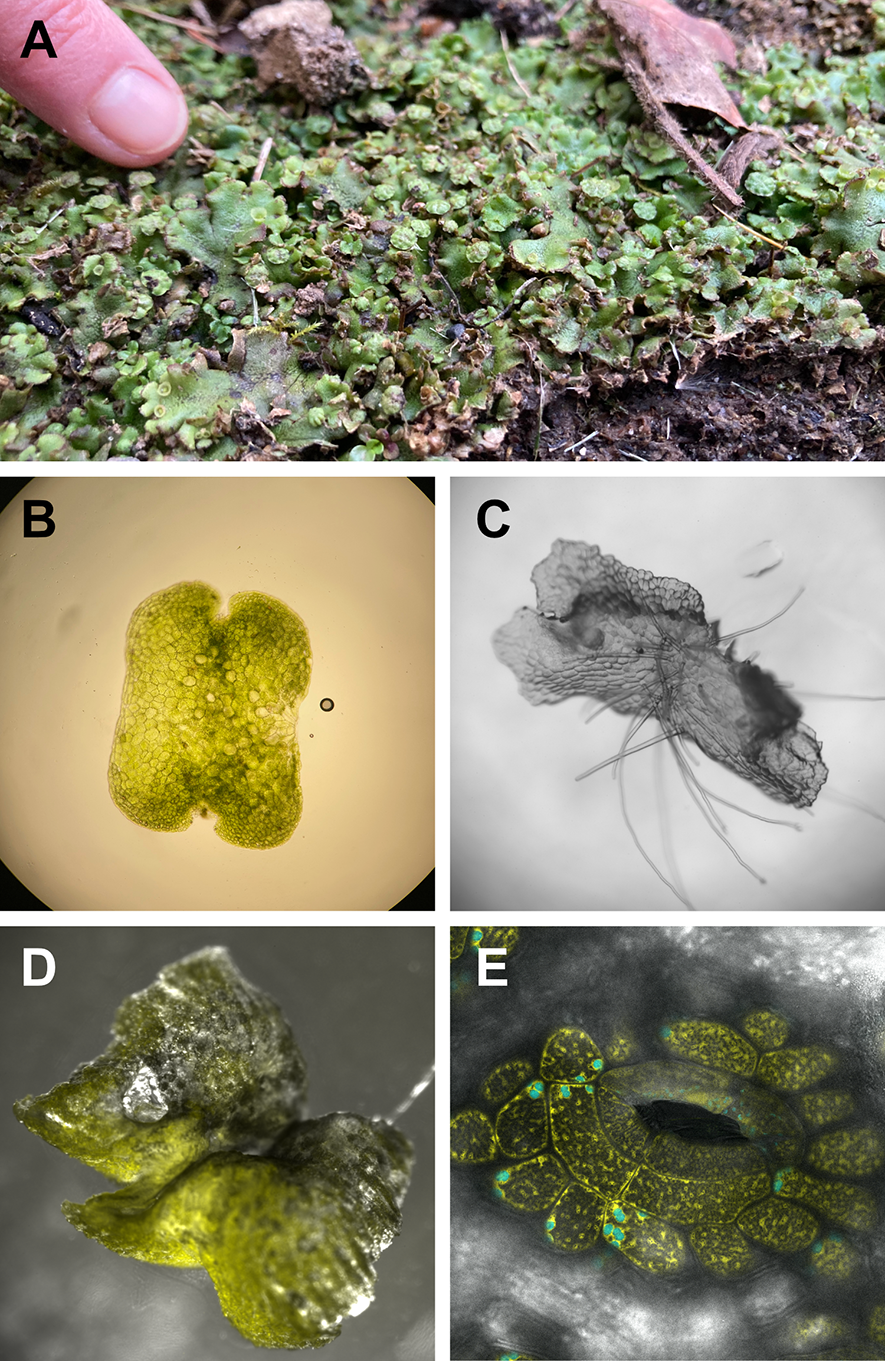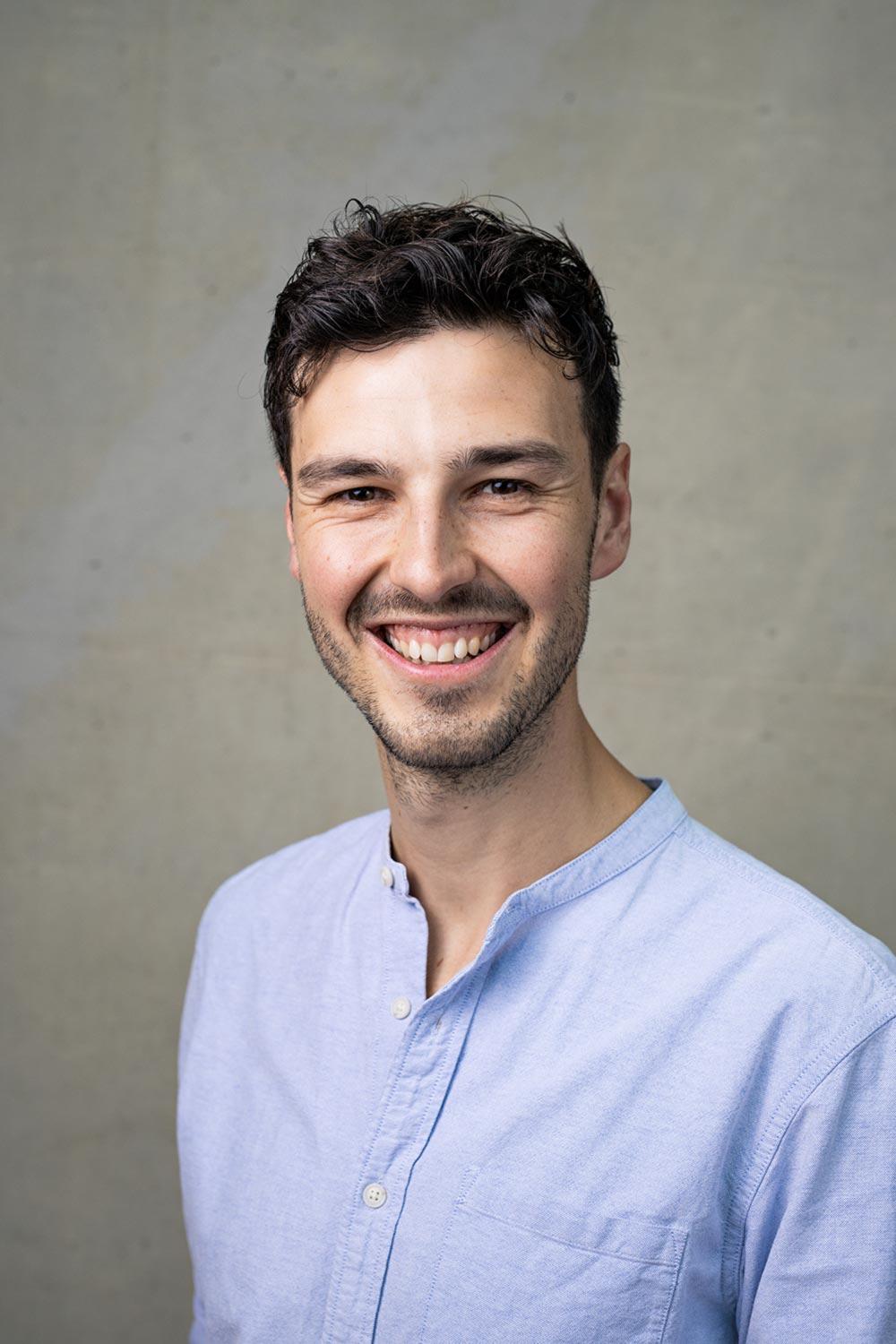Research Interests
In January 2025, I joined the Schornack group as a postdoc and am investigating plant-microbe interactions using the non-vascular plant Marchantia polymorpha.
Microbial interactions have significantly influenced plant diversity, and both beneficial and detrimental interactions continue to be crucial in agriculture. The complexity of these interactions fascinates me, and I am excited about the impact of this research area.
Using Marchantia polymorpha as a model system provides an evolutionary perspective to this research. Marchantia’s phylogenetic position relative to well-established flowering plant models and crop species allows us to interrogate processes conserved since their last common ancestor over 400 million years ago.
Plant-microbe interactions affect both the host and its symbiont in numerous ways, and the plant developmental mechanisms controlling these interactions must therefore also be manifold. For example, past publications from the Schornack Group highlighted how transcription factors involved in infection response can impact various aspects of plant biology, from cell wall modification to reproductive processes.
Marchantia polymorpha on different scales. (A) A Marchantia plant I found growing just outside my home. They are quite common, so have a look around. You'll need to be quite close to see (finger for scale). (B) A Marchantia polymorpha gemma under a microscope. Gemmae are tiny plantlets that are clones of the mother plant and a way of asexual reproduction. The 2 notches at the top and bottom of the plant are where it will grow. (C) Another small plantlet of Marchantia polymorpha that looks a bit like a head of a Triceratops dinosaur, photographed with a Thunder Imager. The long filaments are so-called rhizoids, the non-vascular plant version of root hairs. (D) A genetically modified Marchantia polymorpha plant that expresses a yellow fluorescent protein, imaged with a Thunder Imager. (E) A zoom-in into the plant from (D) shwoing the subcellular localisation of the yellow flourescent protein alongside the fluorescence signal from chloroplasts (cyan). The black hole in the middle of the image is an air pore! This image was taken with a confocal microscope.
Background
For my PhD I was investigating the enigmatic protein cytochrome c6A, which is found in every green plant and algae and has high homology to the electron transport protein cytochrome c6 of the photosynthetic electron transfer chain. At the time we knew that c6A could not do what c6 does. I was using a mixture of techniques from biophysics, biochemistry, and molecular biology to find an answer to the questions why c6A exists and what it does. For this I was mainly working with the unicellular eukaryotic alga Chlamydomonas reinhardtii. This basic research gave us more insight into photosynthetic processes of plants and algae and the associated adaptation mechanism to various stresses.
- PhD (Biochemistry) in the Howe lab in the Department of Biochemistry (Cambridge) (2020-2024)
- Research-based Master of Philosophy in Biological Sciences (Biochemistry) in the Howe lab in the Department of Biochemistry (Cambridge) (2019-2020)
- Bachelor of Science & the first year of a Master of Science in Biochemistry at Bielefeld University (Germany, 2015-2019)
Publications
Please refer to my Google Scholar profile for an up-to-date list
Polyploid cyanobacterial genomes provide a reservoir of mutations, allowing rapid evolution of herbicide resistance (2025), Alberto Scarampi, Joshua M. Lawrence, Paolo Bombelli, Darius Kosmützky, Jenny Z. Zhang, Christopher J. Howe, Current Biology, https://doi.org/10.1016/j.cub.2025.02.044
The evolution of the cytochrome c6 family of photosynthetic electron transfer proteins (2021), Barnaby Slater*, Darius Kosmützky*, R. Ellen R. Nisbet, Christopher J. Howe, Genome Biology and Evolution, https://doi.org/10.1093/gbe/evab146
*Co-first authors
For this paper we were looking at the evolutionary history of the cytochrome c6 family of photosynthetic electron transfer proteins. Here’s a summarising twitter thread.


